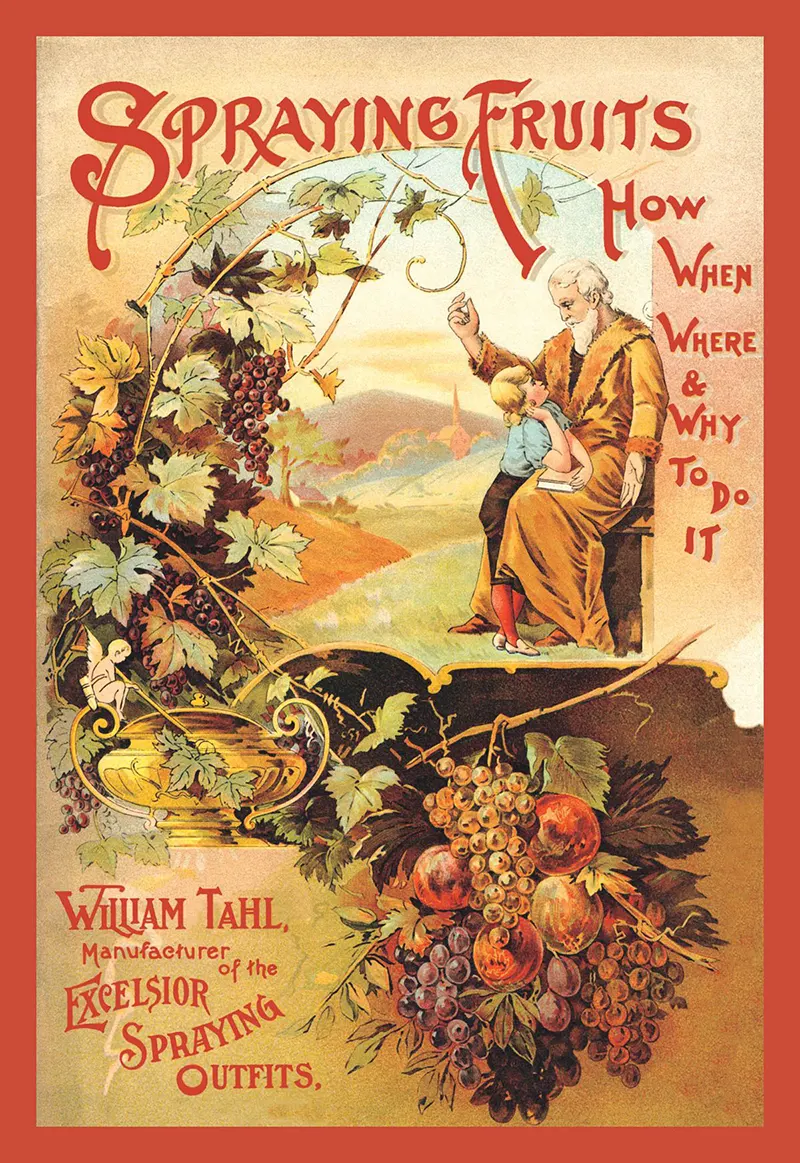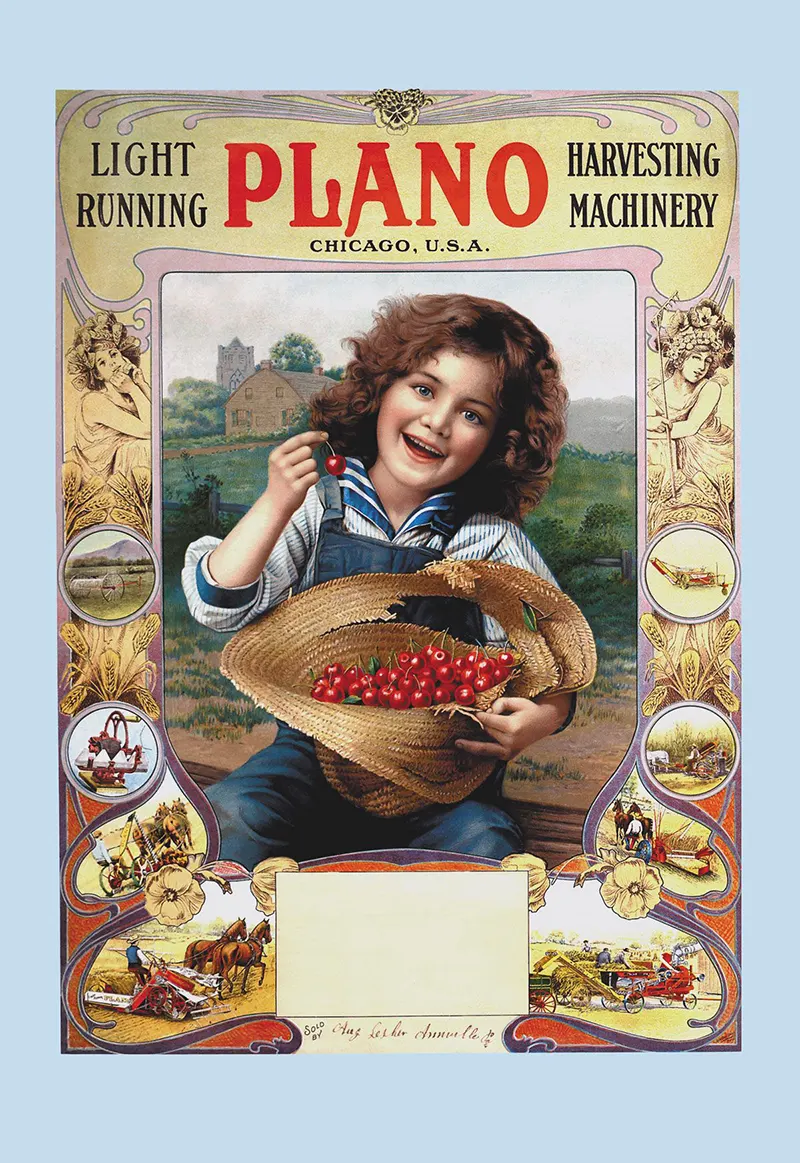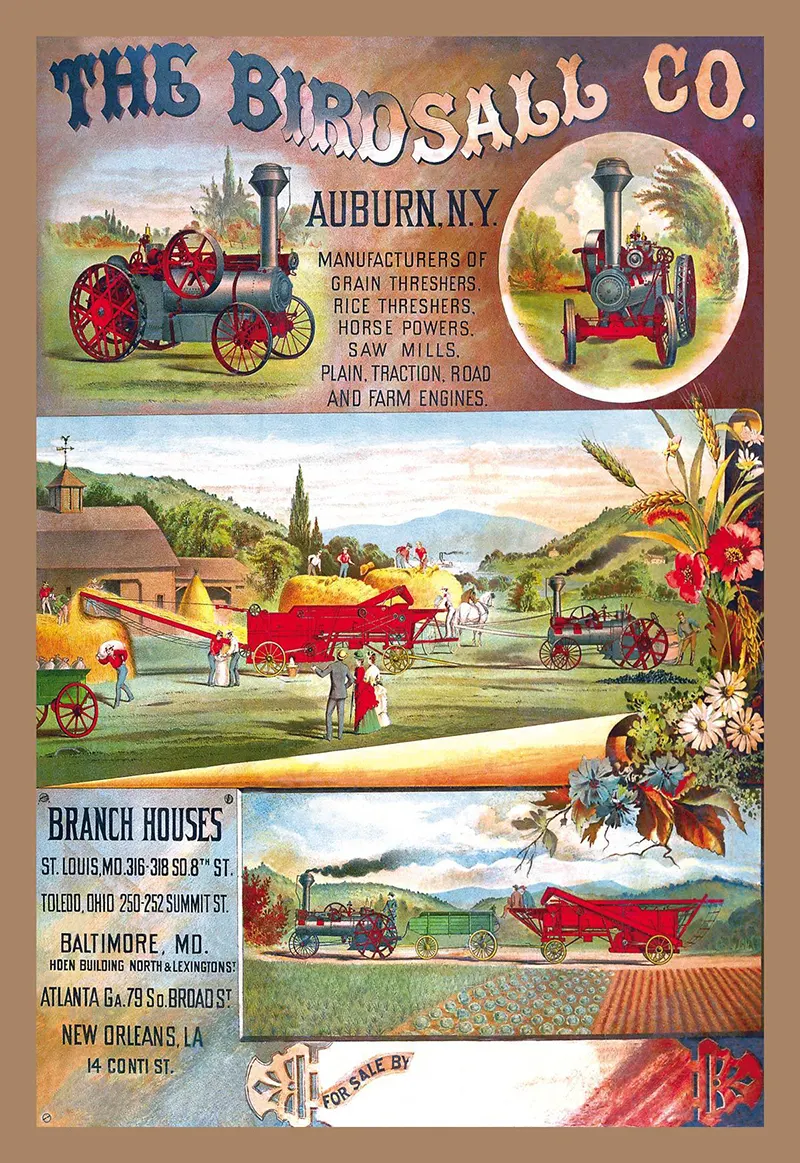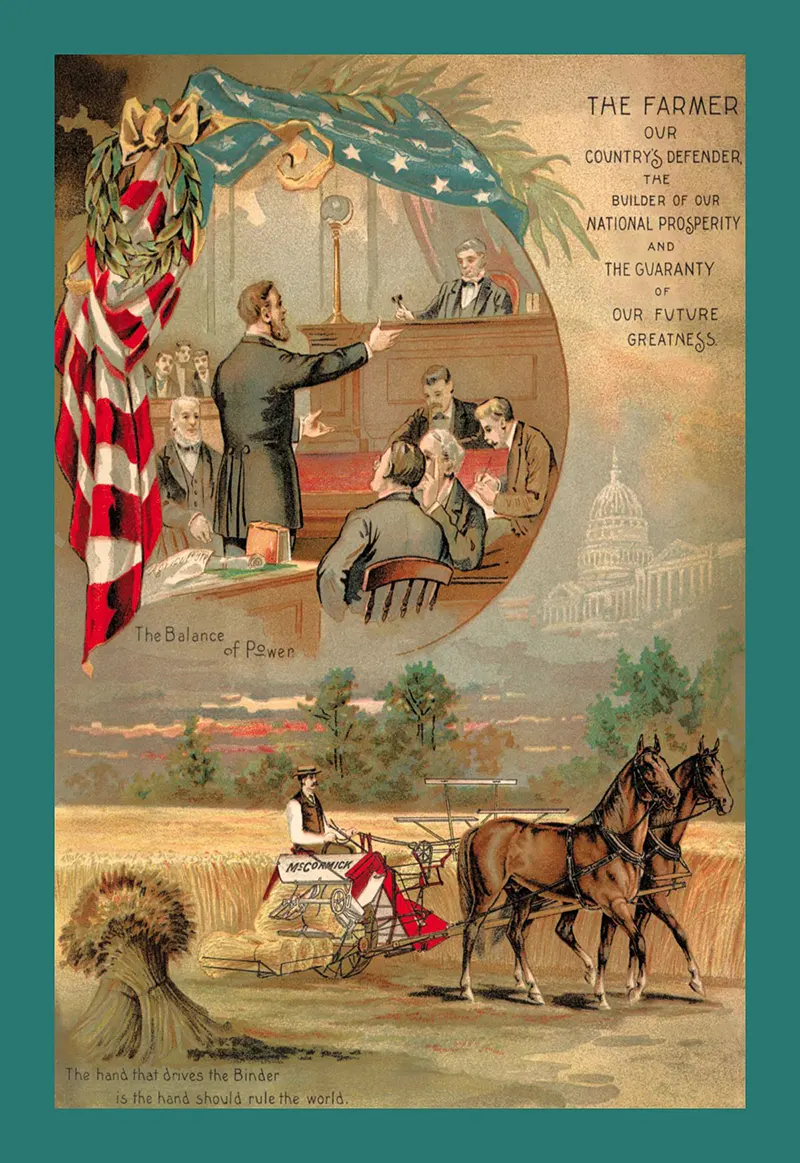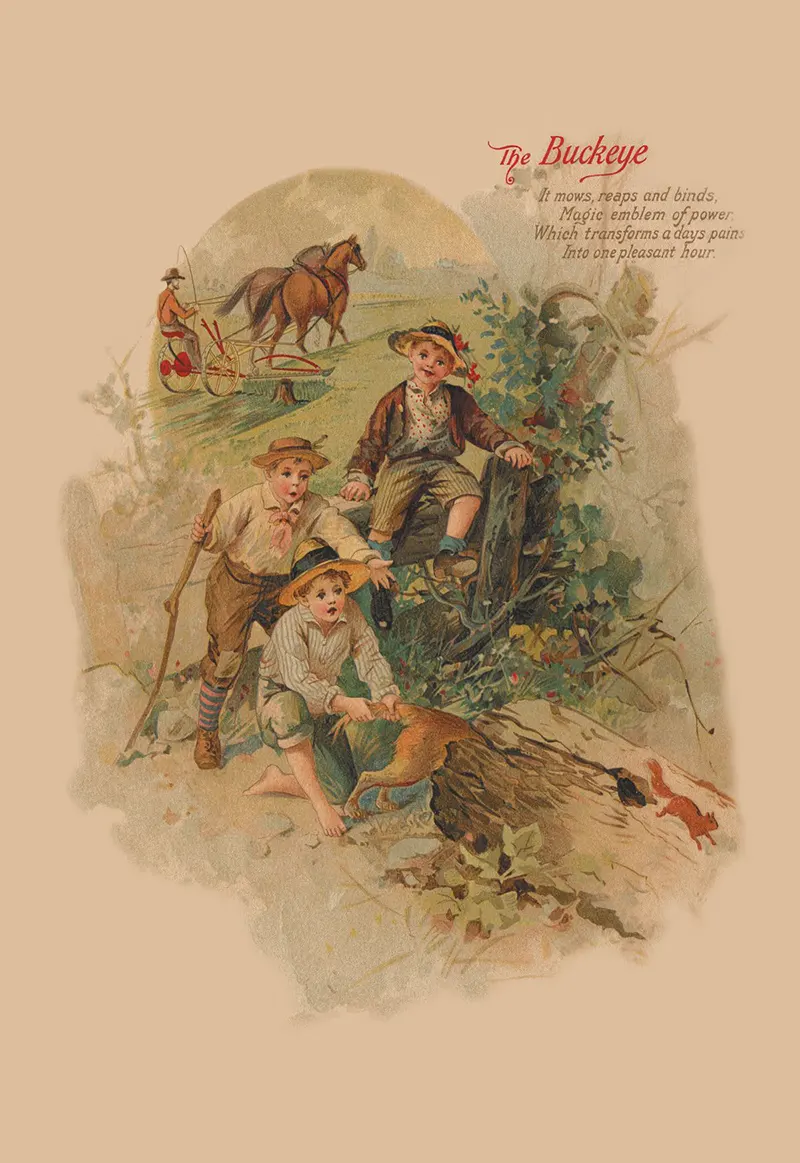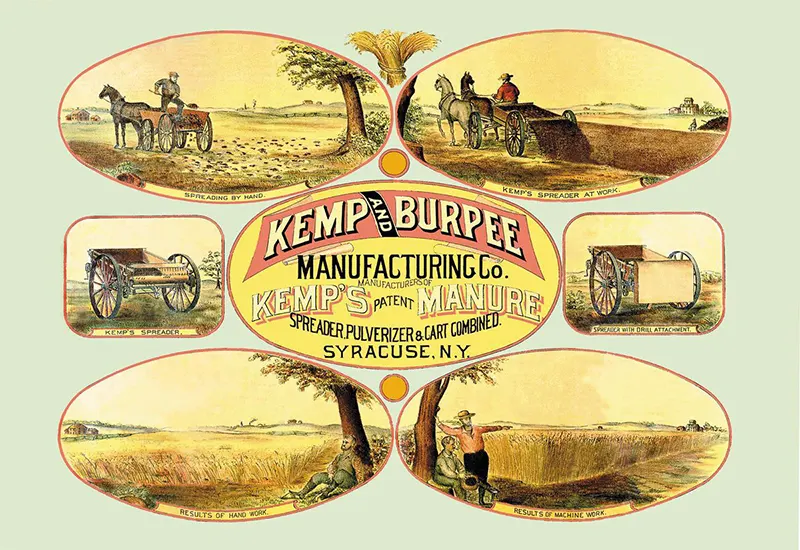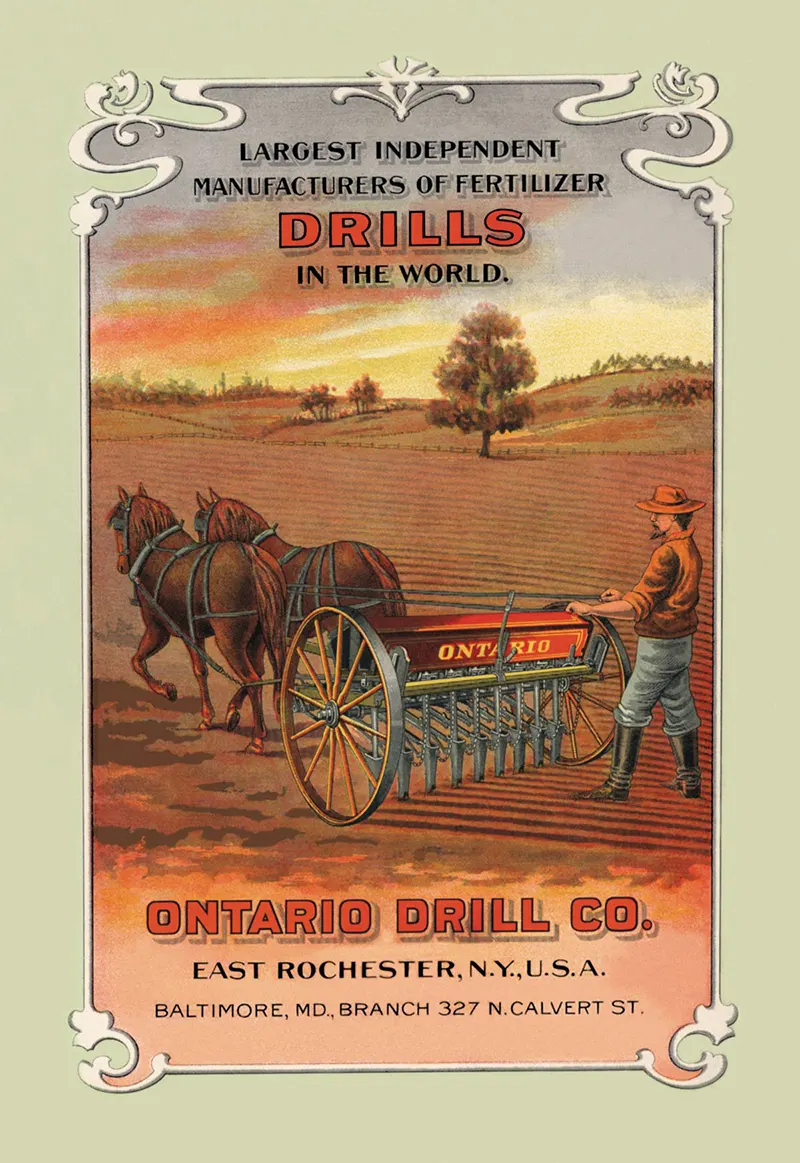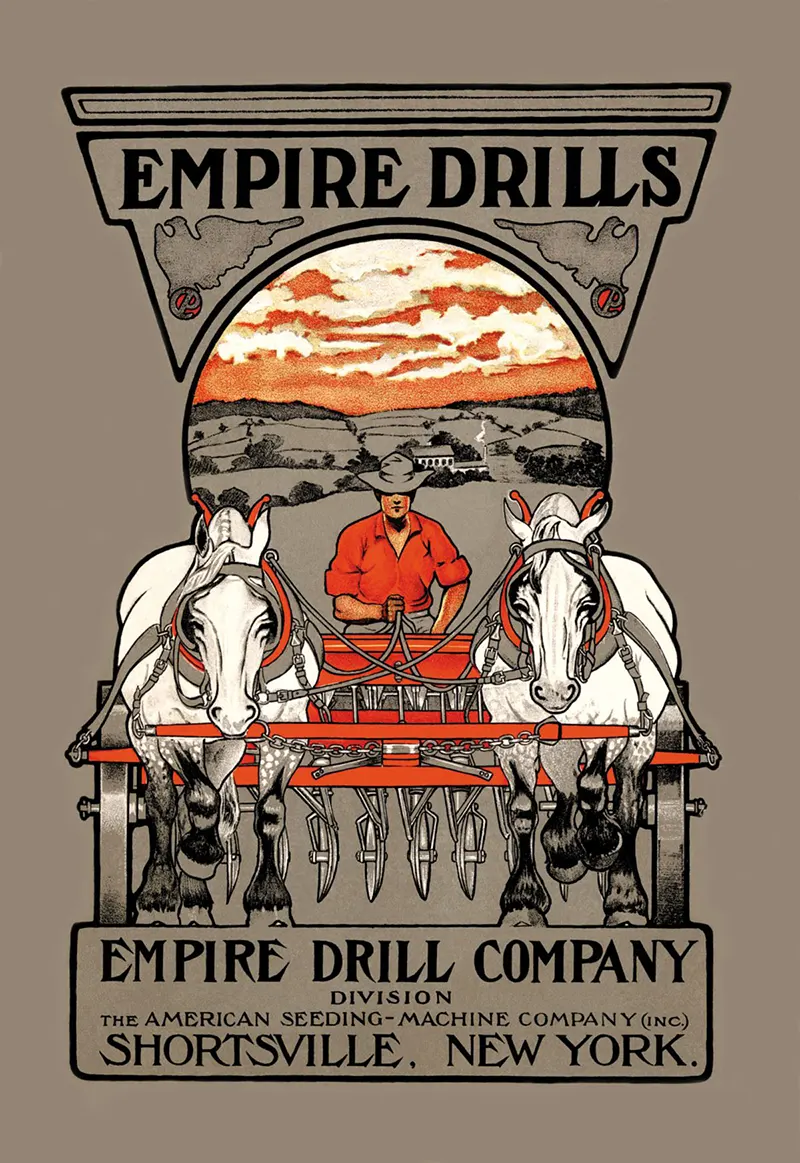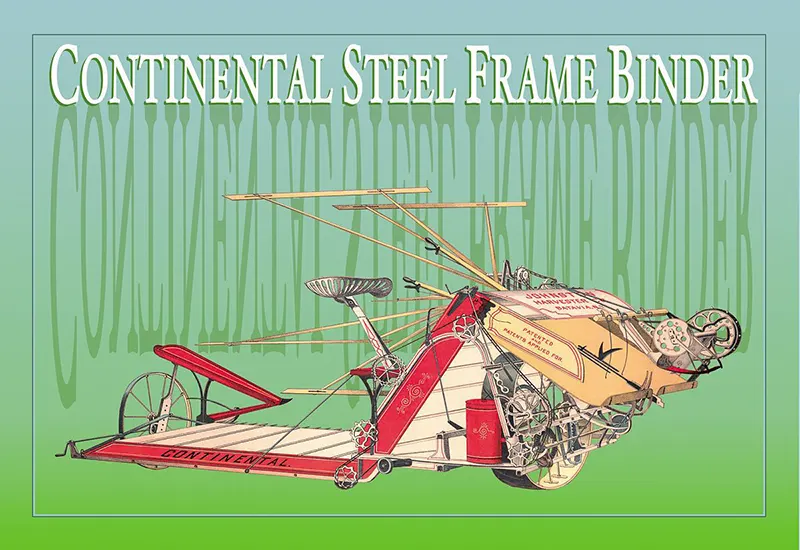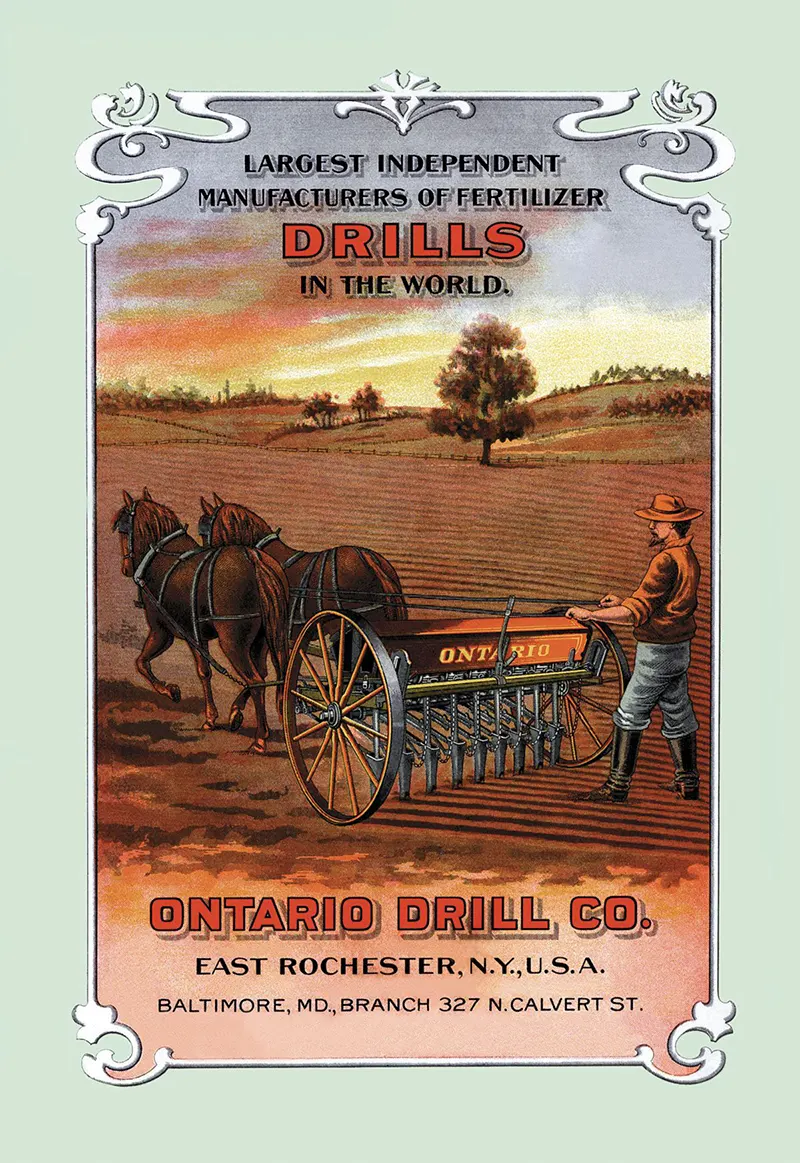Entrepreneurs selling products designed to increase a farmer’s production were anxious to get their brands in front of these new rural customers. Thus the proliferation of farm signage and advertising from this period. Vintage farm and agriculture signs ran the gamut from tasteful or humorous notices on lithographed paper to bold proclamations on embossed tin and porcelain enamel. Some advertisers, like feed supplier American Stock Food, used patriotic symbols like Uncle Sam to sell their goods, while Monarch Poultry Feeds used a wooden cutout of a rooster. The history of fertilizer has largely shaped political, economic, and social circumstances in their traditional uses. Subsequently, there has been a radical reshaping of environmental conditions following the development of chemically synthesized fertilizers. Egyptians, Romans, Babylonians, and early Germans all are recorded as using minerals and/or manure to enhance the productivity of their farms. The use of wood ash as a field treatment became widespread. Fish was used as fertilizer, at least as early as 1620. In the 19th century, guano, which had been known and used in the Andes for at least 1500 years, was taken in large quantities from Peru and Chile (and later also from Namibia and other areas) to Europe and the USA. Organized research into fertilizer technology began in the early seventeenth century. Early scientists such as Francis Bacon and Johann Glauber describe the beneficial effects of the addition of saltpeter to soil. Glauber developed the first complete mineral fertilizer, which was a mixture of saltpeter, lime, phosphoric acid, nitrogen, and potash. As scientific chemical theories developed, the chemical needs of plants were discovered, which led to improved fertilizer compositions. Organic chemist Justus von Liebig demonstrated that plants need mineral elements such as nitrogen and phosphorous in order to grow. The chemical fertilizer industry could be said to have its beginnings with a patent issued to Sir John Lawes, which outlined a method for producing a form of phosphate that was an effective fertilizer. Dan Albone constructed the first commercially successful gasoline-powered general purpose tractor in 1901, and the 1923 International Harvester Farmall tractor marked a major point in the replacement of draft animals (particularly horses) with machines. Since that time, self-propelled mechanical harvesters (combines), planters, transplanters and other equipment have been developed, further revolutionizing agriculture. These inventions allowed farming tasks to be done with a speed and on a scale previously impossible, leading modern farms to output much greater volumes of high-quality produce per land unit. The Haber-Bosch method for synthesizing ammonium nitrate represented a major breakthrough and allowed crop yields to overcome previous constraints. It was first patented by German chemist Fritz Haber. In 1910 Carl Bosch, while working for German chemical company BASF, successfully commercialized the process and secured further patents. In the years after World War II, the use of synthetic fertilizer increased rapidly, in sync with the increasing world population. Modern agriculture has raised social, political, and environmental issues including overpopulation, water pollution, biofuels, genetically modified organisms, tariffs, and farm subsidies. In response, organic farming developed in the twentieth century as an alternative to the use of synthetic pesticides.
(Photo credit: Buyenlarge / Library of Congress / Wikimedia Commons / Britannica / Collectors Weekly). Notify me of new posts by email.
Δ Subscribe








